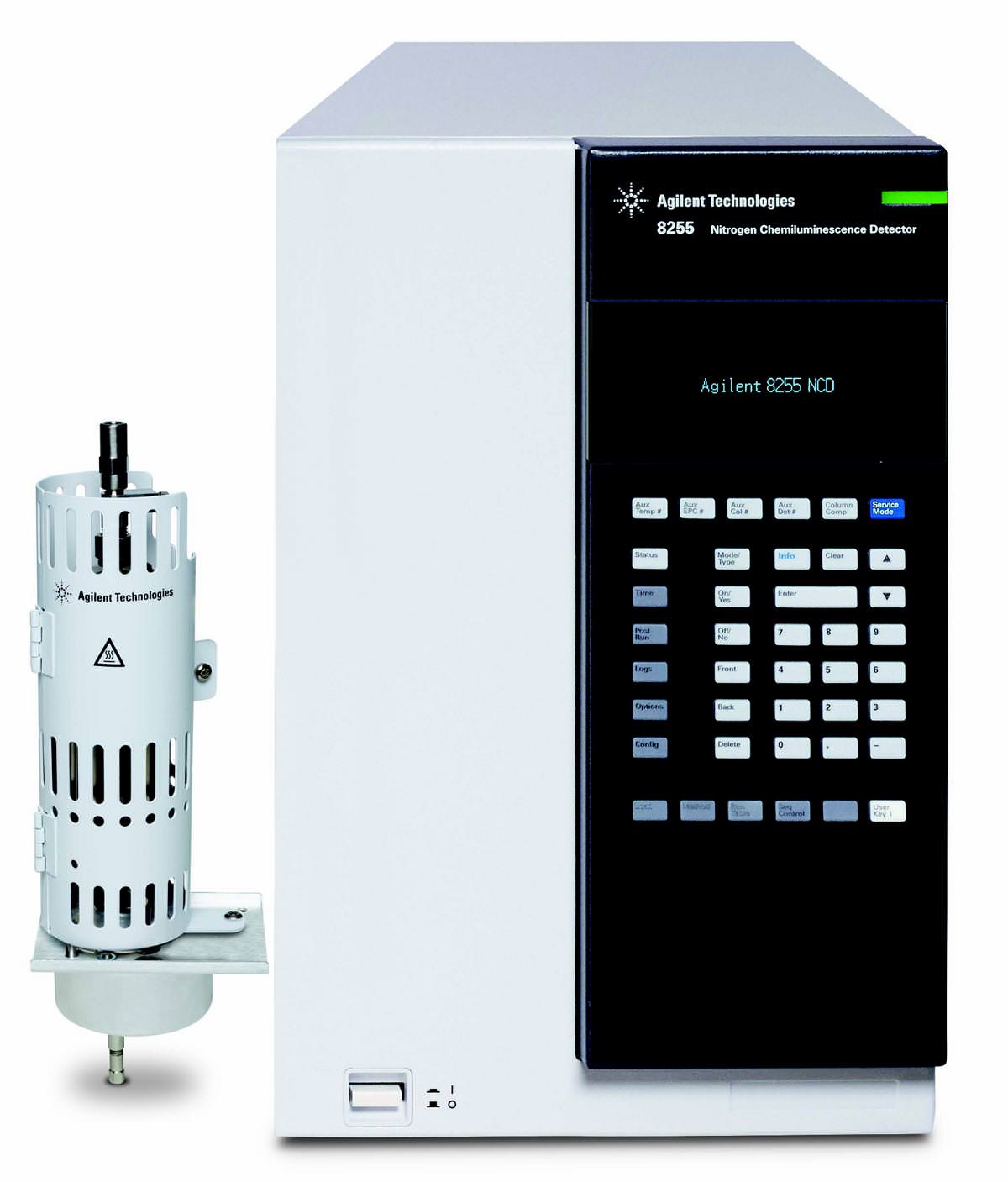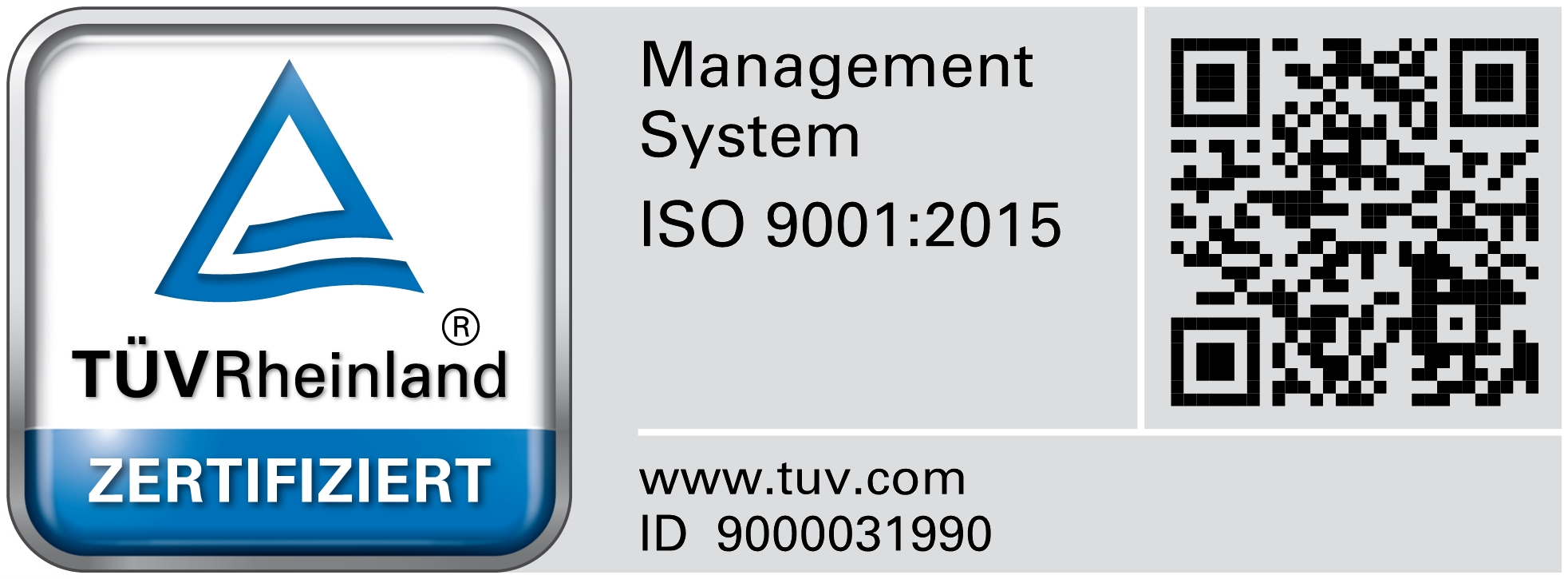NCD
The 8255 Nitrogen Chemiluminescence Detector (NCD) by Agilent uses the chemiluminescence of ozone with nitrogen monoxide, formed from combustions of the analytes. The light emitted is directly proportional to the amount of nitrogen in the sample. Due to the high specificity of the reaction even complex sample matrices can be analyzed with no interference.
NCD Principle of Operation
The eflluent from a gas chromatography column enters the quartz tube in the Stainless Steel Burner. The quartz tube contains hydrogen and oxygen plasma that converts nitrogen compounds to nitric oxide at extremely high temperatures. Nitric oxide then reacts with ozone to form electrically excited nitrogen dioxide. Relaxing to its ground state, it emits light in the red and infrared region of the spectrum. The light emitted is directly proportional to the amount of nitrogen in the sample.
Application
In addition to detecting organic nitrogen compounds, the NCD responds to ammonia, hydrazine, hydrogen cyanide, and NOx. With the introduction of the Dual Plasma Burner and Controller, the NCD now has an embedded nitrosamines option. The NCD can also be used for additional applications in the chemical and petrochemical industries as well as in food, flavour and environmental analytics.
Features
- nitrogen-specific detector for gas chromatography (GC)
- picogram-level detection limits
- no hydrocarbon quenching
- reaction cell operates at a pressure of approx. 4-7 Torr
- linear, equimolar response to organic nitrogen compounds
- detects ammonia, hydrazine, hydrogen cyanide, and NOx
- redesigned Dual Plasma Burner and Detector offer a nitrosamines specific configured option
Downloads


